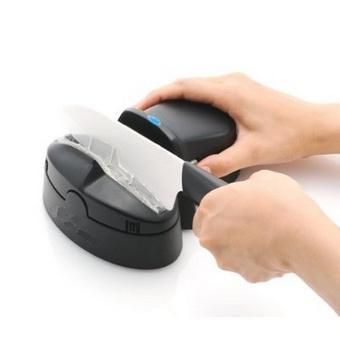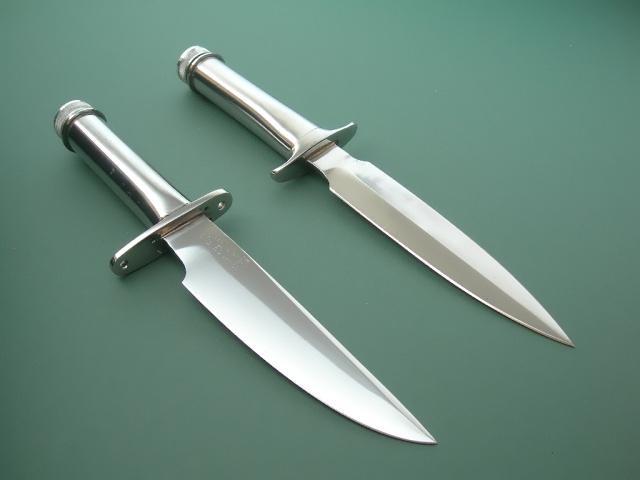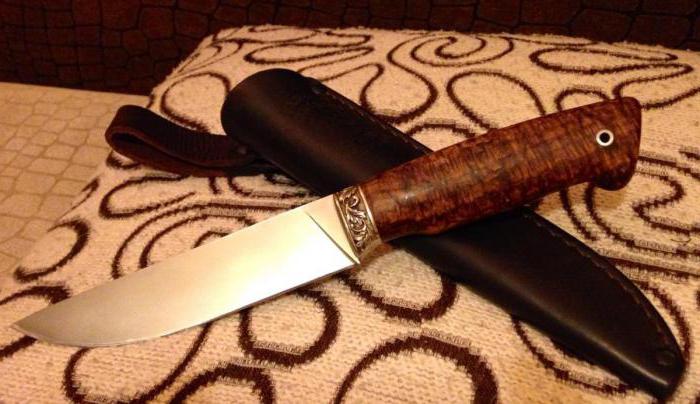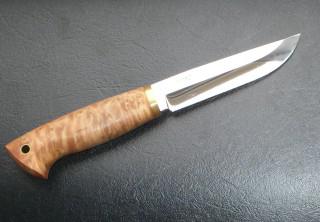How to sharpen knives for the kitchen?
First, let's clarify which knives are NOT recommendedto sharpen. Among these products are those that use a special coating that increases the resistance of the cutting edge many times to wear. After the first sanding, the hard layer, of course, is removed. Also, ceramic knives do not need to be sharpened, since they never blunt. Their only drawback is increased fragility. Instruments with a serrated cutting edge require processing in complex machines with laser control. In the home, this is a rarity, and self-peretochka wipes denticles from both sides.

How to sharpen knives qualitatively and reliably? The first thing to do is spend on good tools. The second - to agree with the fact that in addition to the owner, no one sharpens the product as he himself wants.
A few tips. Do not perform blade machining on the grinding wheel, as each steel is tempered in its temperature range, and uncontrolled heating during grinding is likely to damage the blade irreversibly. To wet a knife when grinding is not worth it, because the thin ribbon of the point is overheating instantly! How to sharpen knives, if you do not use special devices-sharpeners? After all, they are convenient, but also not always effective. Their angle of sharpening does not coincide with the angle of the blade, and by their movement they will slide along the blade, thereby creating longitudinal grooves. On sandpaper it is necessary to process only as a last resort.

If new or sharpened kitchen knives are lostsharpness, then the cutting edge is corrected with the help of a musat (a rod-file made of steel or ceramic) or a thin grindstone. In the beginning it can be repeated several times, but then the blade still needs to be sharpened.
Since it is best to sharpen the knives on a special stone, it is necessary to select the grinding bars correctly. They come in different degrees of granularity:
- Coarse - suitable to support the correct angle of sharpening and the shape of the border;
- Medium - for the grinding process itself;
- thin - for the final editing of the knife.

The wider the bar, the easier it is to keep the correctangle. A stone with a width of about 5 cm will be most suitable. Put it on a fabric lining, so that it does not slip on the surface and does not scratch it. The blade is guided along the bar so that it always moves perpendicular to the cutting edge at the point of contact and the edge forward, while simultaneously moving the edge from the handle to the point.
Knowing how to sharpen knives, it is very important to maintainpermanent angle of sharpening at a level of 20 degrees in each side of the blade. At the end of the passage, the point should remain on the working surface of the stone, preventing the blade from stalling, otherwise the side surface of the knife will be scratched. Next, you need to return the blade to its original position and repeat the motion many times, keeping the angle all the time. It is important to constantly guide the bar with a blade forward.
And finally, an important piece of advice: Do not check the quality of the sharpening with your fingers. It is better to hold a sheet of paper with one hand, and the second cut it sharply with a blade on the weight. A sharp knife can easily cope with such a simple task.






